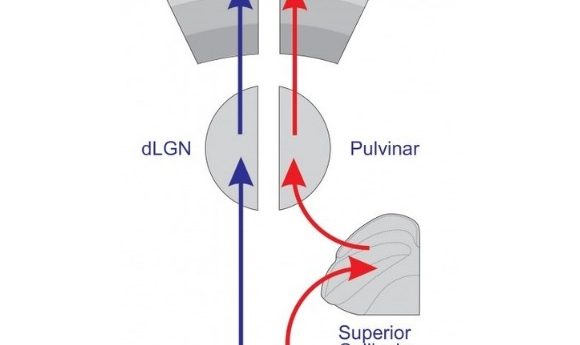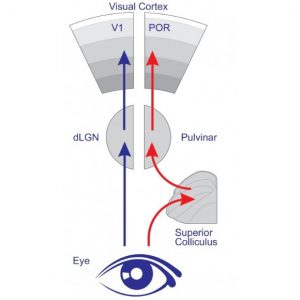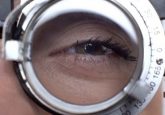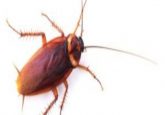Bypassing the primary visual cortex: how mammal brains process and react to movement

Researchers discover a new visual pathway that bypasses the primary visual cortex in mice, a structure previously considered essential to all visual processing.

The newly discovered pathway (red). Image credit: UC San Francisco (UCSF, CA, USA)
Recent research conducted at UCSF and led by Riccardo Beltramo has uncovered a new pathway in the brain that bypasses the primary visual cortex (V1), a section of the brain that has previously been established as the gateway for all visual sensory information.
The current model for visual processing and perception dictates that all signals from the retina pass through V1, which processes simple information such as edges and lines, before sending the signals onto further higher order visual areas to interpret more intricate features such as shade and movement.
While Beltramo was conducting an optogenetic study into the neural responses to visual stimuli in the mouse post-rhinal cortex (POR), an area associated with the perception of moving objects, he observed that silencing the activity of V1 did not prevent neurons in the POR responding to movement. Beltramo described his surprise stating: “It was absolutely remarkable. We silenced the main visual area in the cortex and visual responses in POR remained unaffected. That was the first big ‘wow’ moment that told us we were on to something completely unexpected.”
To follow up this discovery Beltramo searched for potential alternate pathways that could be stimulating the POR. By injecting the POR with a virus engineered to label interconnected neurons, Beltramo found that the POR receives input from both V1 and a region known as the superior colliculus, each taking distinct routes through the thalamus.
Returning to his previous optogenetic technique, Beltramo silenced the superior colliculus, resulting in a complete shutdown of responses to visual stimulation in the POR. This clearly indicated that the superior colliculus was essential for the POR’s ability to track movement.
The superior colliculus is an evolutionarily conserved neural structure responsible for sensory processing in creatures with a less developed cortex such as amphibians, fish and birds, where it is known as the optic tectum. The structure is particularly attuned to movement and is closely associated with reflexive behaviors. The researchers believe that the ancestral nature of this structure could explain its involvement in this pathway.
“We hypothesize that POR, which was previously considered a higher order visual area, could be a sort of ‘primal’ visual cortex, similar to a simple early amphibian, reptilian or avian visual cortex, and that it may be dedicated to the detection that something is moving in the environment, whether it is small, close prey or a large distant predator,” Beltramo explained. “From this perspective, perhaps V1 would add to this information a more precise discrimination of the nature of the moving object, such as its exact location or whether it is a potentially tasty beetle or a potentially deadly scorpion.”
Alongside upsetting the established doctrine on visual processing, these findings could also begin to explain the phenomenon ‘blindsight,’ whereby people who cannot see as a result of damage to V1 can still sense and avoid objects even without being able to consciously perceive them.
Further research is needed to establish whether the brains of primates, including ourselves, rely on this visual pathway and to explore how the interaction between V1 and colliculus processed signals affect animal behavior. “This is one of those findings that raises a lot of questions rather than answering any, because, as many discoveries, it presents questions no one knew to ask,” commented senior author Massimo Scanziani (UCSF).





